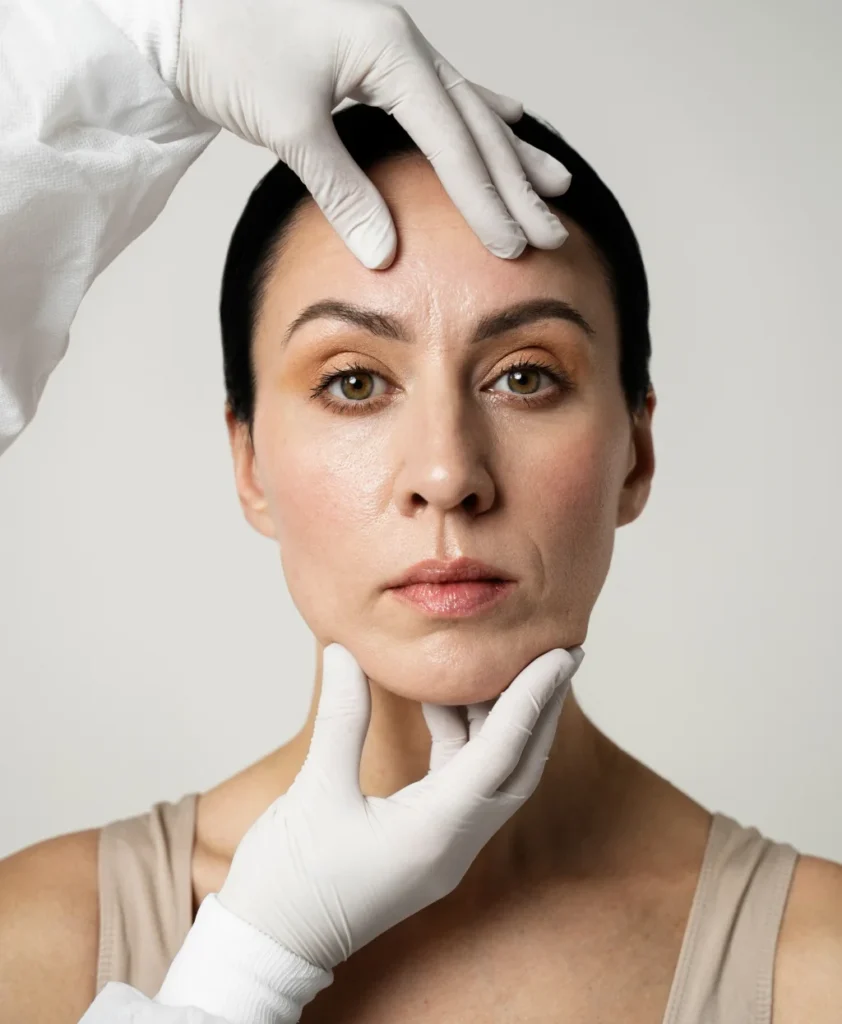Eyebrow transplant procedures are performed to enhance the shape and fullness of your eyebrows, offering a natural, youthful appearance while addressing concerns like thinning or sparse brows.
- 511 SW 10th Ave 1206,
- Portland, OR
- United States

Eyebrow transplant procedures are performed to enhance the shape and fullness of your eyebrows, offering a natural, youthful appearance while addressing concerns like thinning or sparse brows.
An eyebrow transplant is a surgical procedure that restores or enhances eyebrow hair. Hair follicles are harvested from a donor area, usually the scalp, and transplanted to the eyebrow region. The procedure is done under local anesthesia and can take several hours. Transplanted hair initially sheds but new growth begins within a few months. Full results typically appear in 6 to 12 months. It provides a permanent, natural-looking solution for sparse or missing eyebrows. The transplanted hair grows naturally, requiring periodic trimming. The procedure is suitable for people with thin, over-plucked, or missing eyebrows due to various reasons. Recovery time is relatively short with minimal discomfort. This is a more lasting alternative to makeup or pencils for eyebrow enhancement.
The process begins with a consultation, where the surgeon assesses the patient’s eyebrow shape, hair growth pattern, and overall health to determine if an eyebrow transplant is suitable.
Hair follicles are taken from a donor area, typically from the back of the scalp, where the hair is similar in texture and growth pattern to eyebrow hair. The extraction is done using Follicular Unit Extraction (FUE) or a similar technique.
The harvested follicles are carefully implanted into the eyebrow area. The surgeon places the hairs at specific angles to mimic the natural growth pattern of the eyebrows, ensuring a realistic appearance.
After the transplant, the newly implanted hair may shed initially, but new growth begins within a few months. Full results are typically seen in 6 to 9 months, with natural-looking, fuller eyebrows.

An eyebrow transplant is ideal for individuals looking to restore or enhance their eyebrows without relying on temporary makeup solutions. If you want fuller, natural-looking eyebrows and to correct thinning or sparse areas, please contact our hair restoration specialists. We will carefully evaluate your medical history, discuss your aesthetic goals, and determine if an eyebrow transplant is the right solution for you.
More than 250 five-star reviews on Google

They are very gentle and do their best to give the patients the expected results. I am very happy with their office, equipment, kindness and professionalism.

The staff was friendly and professional, and the treatment left me feeling refreshed and rejuvenated. Thank you for the wonderful service, I'll definitely be visiting again!

The treatment targeted areas of concern and helped to improve the texture and firmness of my skin, but most importantly, the staff knew what they were doing.

Yes, an eyebrow transplant is a permanent solution. The transplanted hair follicles come from areas of the scalp that are resistant to hair loss, so they will continue to grow naturally in the eyebrow area over time.
The eyebrow transplant is typically performed under local anesthesia, so most patients experience minimal discomfort during the procedure. After the procedure, some mild soreness or swelling may occur, but this can usually be managed with prescribed medications.
It generally takes a few months for the transplanted hair to start growing, with full results typically visible within 6 to 9 months as the hair matures and takes on a natural texture and growth pattern
The procedure typically takes between 2 to 4 hours, depending on the number of grafts required and the complexity of the transplant. You can expect to spend a few hours at the clinic for the procedure.